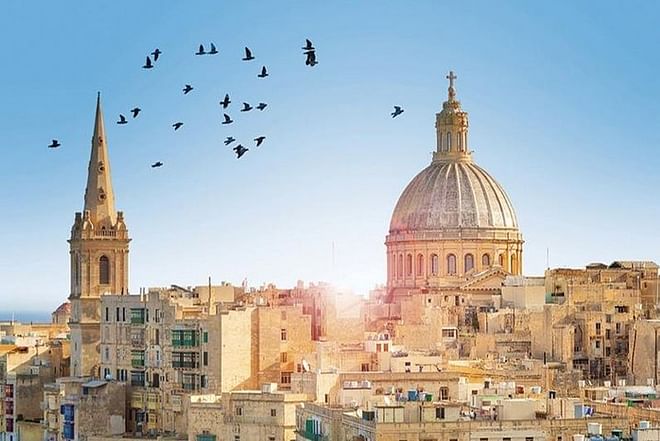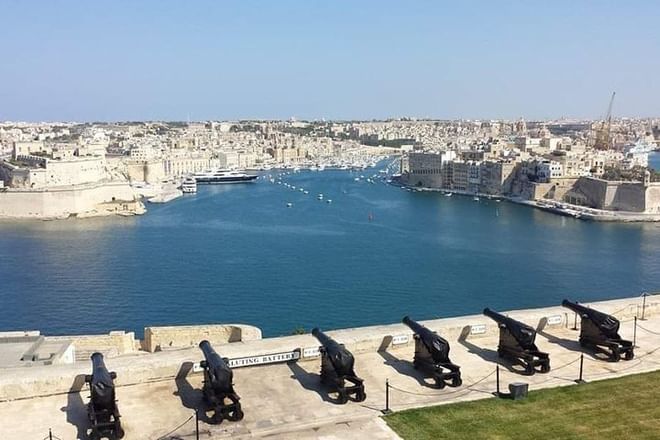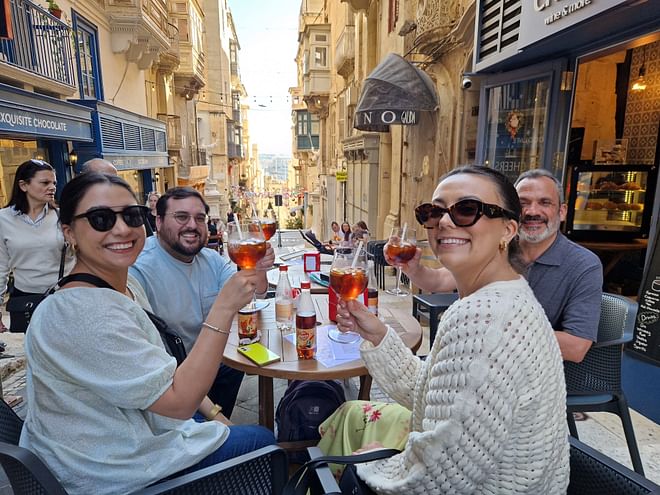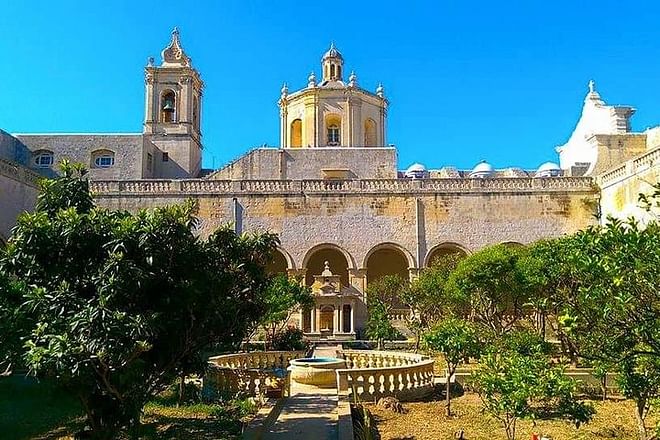Situated in the southern part of Mdina, the charming city of Rabat (Malta) has a network of star-shaped streets and lovely buildings with traditional wooden ‘Gallarija’ balconies. The city, which is transformed from morning to evening when the tourists return to their destinations, has many attractions. It has catacombs, churches and Roman mosaics. It also has a well-deserved gastronomic reputation, with cafés and restaurants serving the best Maltese cuisine.
A must when visiting Malta is to see the mosaics at the Domus Romana, a large villa dating back to the 1st century BC which, during the Arab period in the 11th century, was covered by a Muslim cemetery. Another must is to visit Saint Paul’s Catacombs, dating from the 3rd century BC, which were used for burials for 500 years. You should also visit Saint Agatha’s Catacombs.
Rabat’s history
Inhabited for millennia, Rabat (‘suburb’ in Arabic) has seen Phoenicians, Romans, Arabs and Normans pass through its streets. It was after the Arab domination that it was administratively separated from Mdina, although the two cities are practically next to each other. In fact, the main thoroughfare, St. Paul Street, starts in front of the Mdina Gate and runs south to St. Paul’s Square. Rabat currently has around 11,000 inhabitants.

Things to see in Rabat
There are many monuments and tourist attractions to see in Rabat (Malta). This is the case of the catacombs, which provide valuable evidence of how Christianity developed in Malta, and the impressive Renaissance churches plus the Domus Romana.
Saint Paul’s and Saint Agatha’s Catacombs
Both Saint Paul’s and Saint Agatha’s Catacombs are must-see places when visiting Malta. Saint Paul’s Catacombs date back to Roman times and were used for burials for five centuries. Subsequently, the burial site was used during the Middle Ages for worship. Later, it was used as a warehouse for agricultural products. It is a labyrinth of tombs carved into the rock, surrounded by stairways and corridors. Saint Agatha’s Catacombs are of great interest because of their frescoes dating from the 12th to 15th centuries. It is said that Saint Agatha hid there when fleeing from Sicily. There is a small museum with fossils, minerals, coins, priestly vestments and Etruscan, Roman and even Egyptian objects.

Domus Romana
It is the main building in existence in Malta from the Roman period. It dates back to the 1st century BC and was discovered in 1881. It preserves valuable mosaics, part of the peristyle and some objects that testify to the wealth of the house. Many of the treasures found are housed in the Domus museum, which you should visit to learn about life in Roman times since the exhibition is divided into different sections: family, fashion, education, entertainment, food and drink. There are perfume jars and hairpins plus an exhibition on the 11th century Muslim cemetery that covered the villa.

Wignacourt Museum
Located in a palace that once housed the chaplains in charge of Saint Paul’s Grotto, this intriguing and large museum has Christian catacombs from the 4th century, a World War II air-raid shelter for 400 people, a Baroque chapel, and images, religious costumes and paintings such as Mattia Preti’s ‘Penitent St. Peter’. There are also curious pieces of furniture such as a portable altar for saying mass on ships and a black catafalque on which deceased clergymen were placed.
Where to eat in Rabat
Visiting Malta is embarking on a gastronomic adventure and a journey into Mediterranean cuisine. The choice ranges from street food vendors to family-run establishments and Michelin-starred restaurants. There are also charming cafés where you can enjoy a delicious cake while watching Maltese life go by. We recommend some restaurants, but there are many more. Is-Serkin – Crystal Palace Bar has one of the best ‘pastizzi’ on the island. They are savoury pastries filled with cheese or peas that are a typical dish which you should try. Other recommended places include Bobbyland (traditional cuisine), Grotto Tavern (located in an old wine cellar), Il-Veduta (with traditional dishes) and Rogantinos (located in a beautiful country house on the outskirts of Rabat, which also has vegetarian options).
Where to stay in Malta
If you want to travel to Rabat on your trip to Malta and stay in a hotel where you are guaranteed rest and comfort, we recommend the Barceló Fortina Malta hotel due to its excellent quality-price ratio. It is a very cosy and comfortable five-star accommodation located on Sliema’s seafront, with fantastic views of the Mediterranean and Valletta. It has 183 very comfortable, modern and equipped rooms with a terrace. It has an international restaurant where you can also enjoy typical Maltese cuisine and a well-equipped spa where you can relax with a treatment, sauna or hammam. In short, it is a true oasis so that you can feel at home (or even better).





















































































